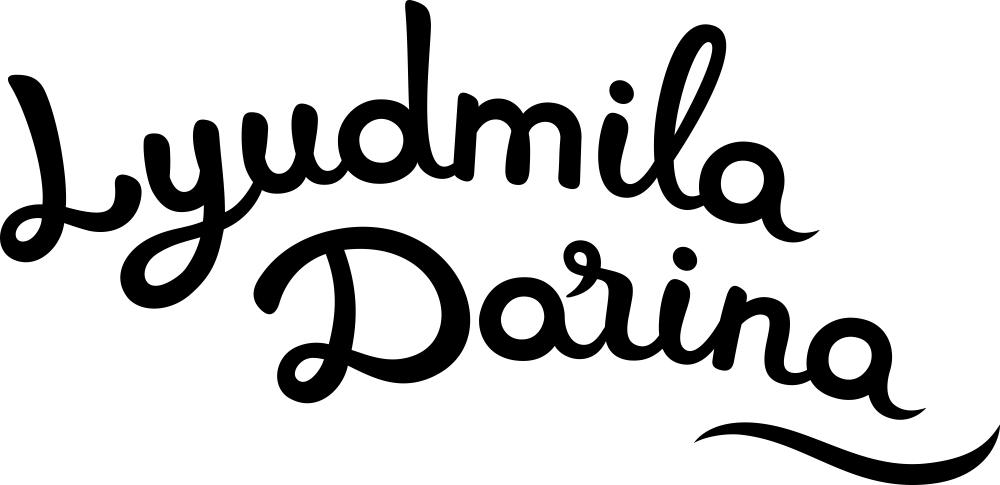Cookie management
By continuing to use the site, you agree to the processing of cookies and the personal data processing policy.
By continuing to use the site, you agree to the processing of cookies and the personal data processing policy.
A Bubble Show. Where to Start?













A Bubble Show. Where to Start?
Before you get down to something, you need to understand what you want to do.
To get a quality product, you must clearly understand what exactly you want to create. You cannot build a house without a set of design documentation. It's never good to do something vague.
Firstly, decide who you will be, why you need it, how much time and energy you are willing to give to this cause.
Firstly, decide who you will be, why you need it, how much time and energy you are willing to give to this cause.
Who do you want to be?
| You simply include 2-3 elements of a bubble show in your program. E.g., you'll have a Human inside Bubble act and 2 or 3 small-size wands. During the games or some other theatrical show, you will use these attributes. If this is your story – you are amateurs. |
| You want to have a bubble show inside your program. That is, you'll perform a few tricks, have a more or less decent set of equipment for the bubble show and some accessories. This might be a combination of children's animation and a bubble show. Or it might be an event (a wedding, a corporate party) including a bubble show. Such people can be called professional animators of bubble shows. In fact, there's a huge layer of such artists. They show sufficient interest, but because of their universality, they cannot dedicate themselves to bubble shows in the right extent. |
| And the third category, including myself, is the fanatics of one cause. People who are completely immersed in the genre, constantly seeking, fantasizing and analyzing their work. They think everything through to the smallest detail: towels, an artist's image, a pose, music, additional effects. I call them bubble show artists. |
All three categories have their audience, their fans and the right to exist. The only thing, that causes confusion in the minds of our customers is "why some bubble shows cost 1,000 rubles, others 3,000, or even 7, 8, 10 thousand and over? I think this is a matter of time, reputation and soon everything will be resolved. After all, there are animators with magic tricks and there are real magicians. The former charge much less than the latter.
Let us return to our choice. You must understand where you will go to. And where your goal is. In any case, let you path be a ladder – there is always place for growth. But your first rung should be clearly understood by you.
Next, I advise you to think over the scenario of your show. Even an amateur must have it. You should clearly see what you want. In the technical sense, it is the selection of the props, the costume of the bubble show artist, the music; in the creative one, it is the choice of your appearance moment, the manifestation of your artistry and interactivity.
Let us return to our choice. You must understand where you will go to. And where your goal is. In any case, let you path be a ladder – there is always place for growth. But your first rung should be clearly understood by you.
Next, I advise you to think over the scenario of your show. Even an amateur must have it. You should clearly see what you want. In the technical sense, it is the selection of the props, the costume of the bubble show artist, the music; in the creative one, it is the choice of your appearance moment, the manifestation of your artistry and interactivity.
Let me give you an example
You are an amateur, and want to introduce some elements of a bubble show to the children's animation about SpongeBob. You need to decide whether you want to carry large props, whether children are involved in bubbles blowing, whether you want to use stunts with smoke, whether it will be Human Inside Bubble act, or if you will be able to carry a large floor covering or not?
These and many other factors determine the selection of props, and perhaps the training, which is right for you. Spending one evening thinking over these little things, you will save time, money and create a quality product.
So it goes for each category of the "bubblists".
So it goes for each category of the "bubblists".
"A theater begins at a cloakroom"
Any professional can be seen from the thoughtfulness of his/her every step. From the first minute of your appearance on stage, it should be clear to everyone that he/she is a professional.

Even bubble "amateurs" are likely to claim to be professionals in their field. It is also important for them to make an impression of thoughtfulness. In their case I would think about the thematic decor of accessories for the bubble show. As an example, make some overlays for the trays matching the colors of today's animation or performance. Decorate some parts of your wands. It'll be cool!
And if you aim for the 2 subsequent categories. Then, even more is expected from you…
And if you aim for the 2 subsequent categories. Then, even more is expected from you…
Judging a Book by Its Cover
One of the most important factors is the first impression. If you look great, you have a quality costume, and your props do not look like two basins from the hardware store, the actions of you and your assistant are closely coordinated – you will be regarded as a professional. At this stage, 50% of the success is laid! And if all of the above is not in harmony with each other, then the attitude towards you will be biased. That's how the perception of our audience and colleagues works.

Musical Accompaniment
Next, of course, goes your act. This is a huge layer, which we will consider more than once in the future. Now, I will focus on the musical accompaniment. It is a must. But not just any track. Music reflects reality on the stage, your mood, energy. It is your guide and you need to pay special attention to its selection. It is not one and the same track, it has to be a qualitatively mixed selection.
In which direction to go?
In my opinion, there are 3 main directions that can mix or prevail in a pure form:
| Illusion performance is the oldest kind of a bubble show. You may say, it's a classic. A vivid representative of this is Fan Yang. In Russia, the magicians started using bubble shows. Bubble shows in the format of magic tricks. |
| Theatrical performance is also a classic. A bright representative of those is Pep Boy, with his own productions and with modern ones, including those shown while touring in Russia. For example, the "Clinc" Theater. Here you can see reprises, and a cycle of reprises, and a certain theatrical performance based on tricks with bubbles. |
Dance production. As far as I thought, this trend is quite young, but it has great potential. If you think the choreography and presentation well through.
All three points are related in one way or another to circus professions: 1 – a magician, 2 – clownery, 3 – gymnasts, choreographers.
Which way to go? Everyone decides for himself/herself, according to his/her abilities, skills and desires.
Which way to go? Everyone decides for himself/herself, according to his/her abilities, skills and desires.
Summary
1
To start making a bubble show, you need to decide on your image: an amateur, an animator or an artist.
2
You must clearly understand your goal, what are you doing the show for.
3
Next, you need to decide on the scenario: the order of the elements, the involvement of the audience, etc.
4
There are 3 main directions/trends of bubble shows: an illusion, a theater and a dance production.
5
Which way to go? It's up to you!
Props from my store
Props, with which the artist looks decent
Articles in the topic:
Want to know more about bubble show?
There are about 50 articles on my blog









